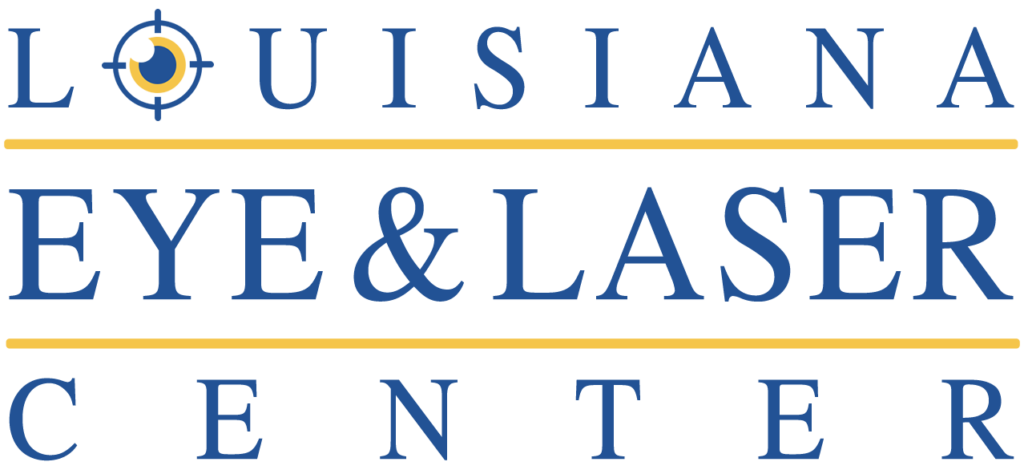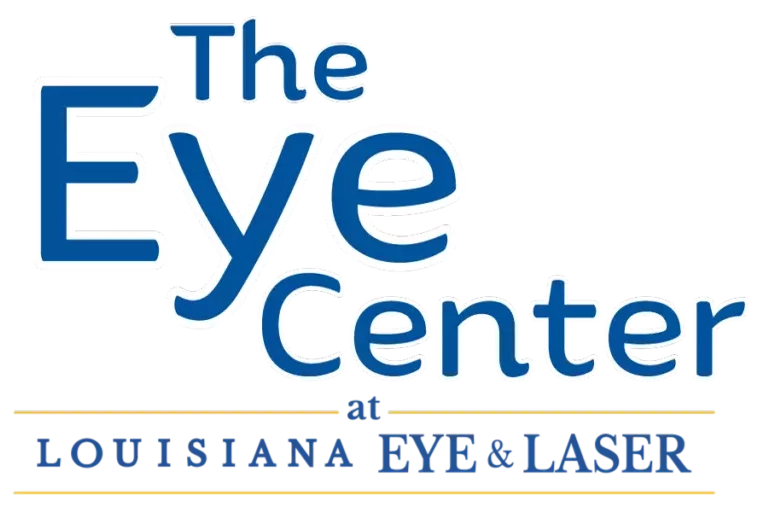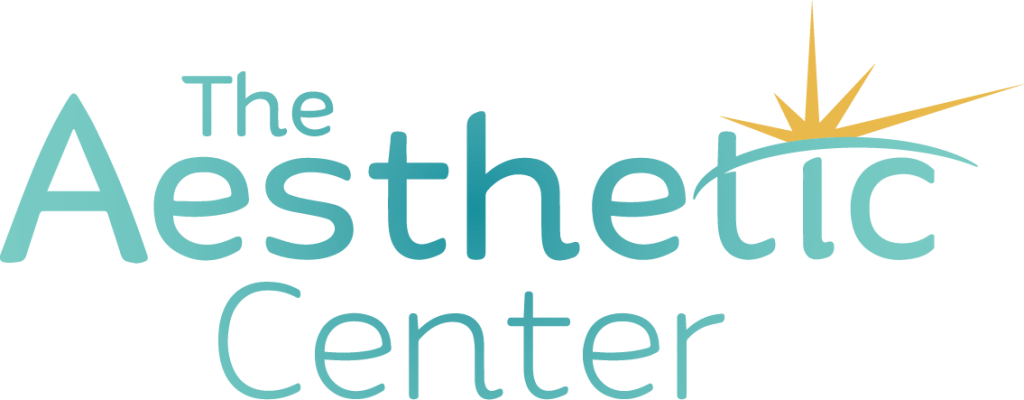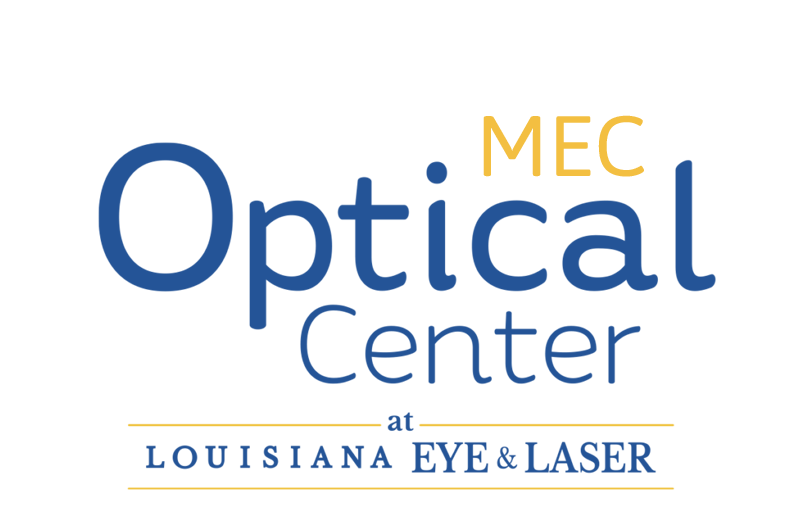Laser eye surgery is the latest technique being utilized for correcting refractive errors. Laser surgeries help you get rid of glasses and contact lenses as you become able to see clearly without these aids. Different types of lasers can be used to perform corrective eye surgeries – the two most popular ones are PRK and LASIK. People often confuse different laser treatments together and are unaware of the differences. While the purpose of these lasers is the same, i.e., correction of refractive errors, all the lasers are not the same. Let’s see how PRK and LASIK are different from each other.
What is PRK surgery?
Photorefractive keratectomy, also known as PRK, is a type of laser surgery performed to correct refractive errors of the eye. A specific laser is used to modify the eyes’ cornea, so it can bend or refract the light properly. Changes in the cornea through PRK help attain normal vision.
In PRK surgery, the topmost layer of your cornea, called the epithelium, is removed. After that, a precise laser surgical tool is employed to correct any irregularities in the deep layers of the cornea. Once it is done, the deep corneal tissue is covered with a lens-like bandage that promotes healing.
Once your eye is completely healed, you are blessed with the perfect vision.
How long does PRK last?
PRK provides a permanent solution to the refractive error of your eye. Your vision becomes 6/6 after complete recovery from the surgery, and this can last forever in an ideal situation. However, some factors can cause a refractive error once again.
The two leading causes of recurrence of refractive vision problems are aging and external factors. As you age, the structural components of your eye also age and change. The changes in eye proteins and other chemicals can mess up the corneal surface leading to vision problems. Moreover, some environmental factors, such as screen-time, can also influence the corneal shape. So, while PRK is a permanent procedure, some factors can contribute to causing vision problems again.
What to expect after PRK?
Once the surgery is done, it will take a few days before you are able to see properly. A lens-like bandage will be applied to the cornea that can cause some irritation until your cornea heals. This bandage will be removed after seven days, and until then, your vision will be a bit blurry.
Your surgeon will advise lubricating drops and painkillers to treat pain and discomfort. You will be able to see clearly in a few days, but the whole healing process usually takes about a month.
What is LASIK surgery?
Laser-assisted in situ keratomileusis or LASIK is also a laser surgery like PRK which is carried out to correct refractive eye problems. LASIK is a newer technique as compared to PRK and is widely used to fix vision problems.
Unlike PRK, LASIK doesn’t involve removing the outermost layer of the cornea. In LASIK, a sharp and precise tool is used to create a flap in the cornea’s epithelium. This flap is then raised to access the deeper tissue. The irregularities of the deeper tissue are corrected using a laser.
What is the difference between PRK and LASIK?
PRK and LASIK essentially give the same end result – the correction of your refractive error and a perfect vision. However, there are slight differences between the two procedures. Let’s look into the pros and cons of both.
Pros and cons of LASIK
LASIK provides quick recovery as compared to PRK. You are able to see clearly within a few hours. It does not require any bandage. You need to take only a few medications, and that too for a shorter time. Also, you do not need as many doctor visits as you do after PRK.
However, there are some cons of this surgery. The biggest is the chance of complications due to the flap. A higher risk of infection and dry eye is observed after LASIK. Moreover, there is a small risk of poor night vision.
Pros and cons of PRK
PRK is an older procedure than LASIK. It is being used to correct refractive errors for a long time now, so it has a longer success history as compared to LASIK. This surgery does not involve making a flap and instead involves removing the epithelium. Therefore, the chances of flap infection are zero. Moreover, this surgery has a lower rate of long-term complications.
The biggest con of PRK is more prolonged recovery time. Complete healing may take up to one month. Also, the bandage needs to be removed, so you need to make multiple doctor visits. More medications for a long time are given to avoid pain and discomfort, which can last for weeks.






